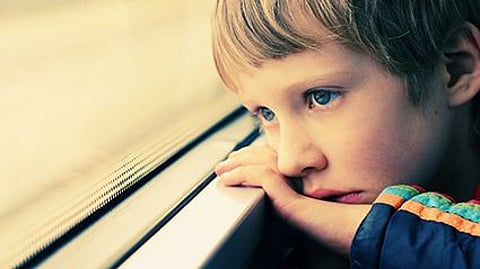TUESDAY, May 14, 2024 (HealthDay News) -- Child maltreatment is associated with increases in externalizing and internalizing behaviors, according to a study published online May 14 in Pediatrics.
Anneke E. Olson, from The Pennsylvania State University in University Park, and colleagues examined associations between maltreatment exposure and child behavior problems in a multiwave prospective cohort study. A total of 1,354 children were enrolled at about age 4 years and followed throughout childhood and adolescence. Seven waves of data collection were completed, with each wave occurring two years apart.
The researchers found that increases in externalizing behaviors at ages 8, 12, and 16 years were predicted by maltreatment exposure (b = 1.06, 1.09, and 1.67, respectively), as were increases in internalizing behaviors at ages 6, 12, and 14 years (b = 0.66, 1.25, and 1.92, respectively). At age 12 years, increases in externalizing behaviors predicted future maltreatment exposure (odds ratio, 1.02; 95 percent confidence level, 1.00 to 1.05).
"The results suggest that exposure to child maltreatment during childhood and adolescence leads to subsequent increases in both externalizing and internalizing behaviors," the authors write. "Our results also suggest that, at the transition to adolescence, elevated levels of externalizing behaviors may put children at risk for future child maltreatment."
Abstract/Full Text (subscription or payment may be required)


